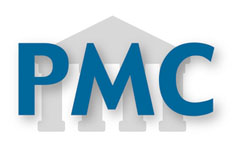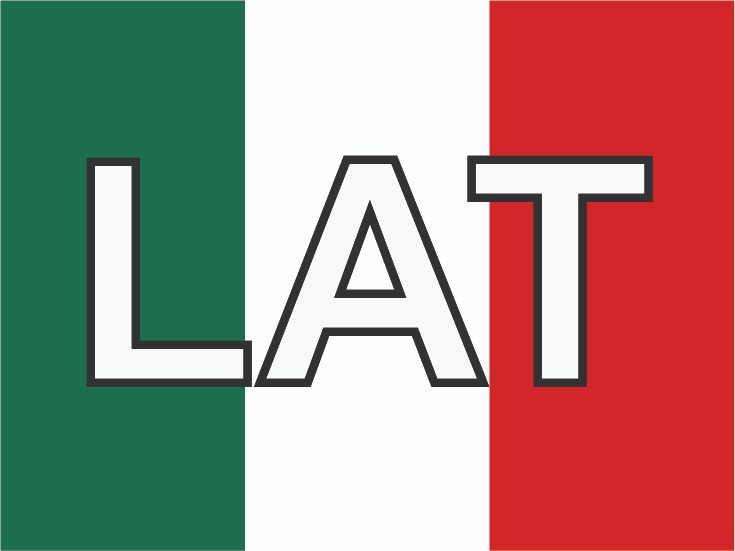The impact of foot arch height on quality of life in 6-12 year olds
Abstract
Objective:To determine whether arch height has an effect on the health-related quality of life of schoolchildren.
Methods:One hundred and thirteen schoolchildren attended an out-patient centre where self-reported data were recorded, their feet were classified into one of three groups according to their arch index (high, normal or low) and the scores obtained from the Foot Health Status Questionnaire (FHSQ - Spanish version) were compared.
Results:The groups with high, low and normal arch recorded lower scores in Section One for the general foot health and footwear domains and higher scores in foot pain and foot function. In Section Two they obtained lower scores in general health and higher scores in physical activity, social capacity and vigour.
Conclusions:Comparison of the scores obtained reveals that arch height has a negative impact on quality of life. Given the limited extent of available evidence in respect of the aetiology and treatment of foot diseases and deformities, these findings reveal the need to implement programmes to promote foot health and carry out further research into this commonly occurring disabling condition.
Authors
Downloads
Keywords
- Child care
- foot deformities
- foot disease
- flat foot
- Child welfare
- school health services
References
Pauk J, Ezerskiy V, Raso JV, Rogalski M. Epidemiologic factors affecting plantar arch development in children with flat feet. J Am Podiatr Med Assoc. 2012;102:114–21.
Barry RJ, Scranton PE., Jr Flat feet in children. Clin Orthop Relat Res. 1981;181:68–75.
Cavanagh PR, Rodgers MM. The arch index: a useful measure from footprints. J Biomech. 1987;20:547–51.
Schwend RM, Drennan JC. Cavus foot deformity in children. J Am Acad Orthop Surg. 2003;11:201–11.
Kaufman KR, Brodine SK, Shaffer RA, Johnson CW, Cullison TR. The effect of foot structure and range of motion on musculoskeletal overuse injuries. Am J Sports Med. 1999;27:585–93.
Burns J, Crosbie J, Hunt A, Ouvrier R. The effect of pes cavus on foot pain and plantar pressure. Clinical Biomechanis. 2005;20:877–82.
López D, García-Mira R, Alonso F, López L. Análisis de la Prevención Podológica. Un estudio a través de Internet. Rev Int De Cien Podol. 2012;6(2):63–72.
Subotnick SI. The biomechanics of running: implications for the prevention of foot injuries. Sports Med. 1985;2:144–53.
Dequeker J. Rheumatology in art. Ann Rheum Dis. 2001;60:894–5.
Bennett PJ, Stocks AE, Whittam DJ. Analysis of risk factors for neuropathic foot ulceration in diabetes mellitus. J Am Podiatr Med Assoc. 1996;86:112–6.
López D, García-Mira R, Alonso F, López L. Análisis del perfil y estilo de vida de las personas con patologías de los pies. Rev Int De Cien Podol. 2010;4(2):49–58.
Cavanagh PR, Rodgers MM, Liboshi A. Pressure distribution under symptom-free feet during barefoot standing. Foot and Ankle. 1987;7:262–6.
Nikolaidou ME, Boudolos KD. A footprint-based approach for the rational classification of foot types in young schoolchildren. The Foot. 2006;16:82–90.
McCrory JL, Young MJ, Boulton AJM, Cavanagh PR. Arch index as a predictor of arch height. The Foot. 1997;7:79–81.
Williams DS, McClay IS. Measurements used to characterize the foot and the medial longitudinal arch: reliability and validity. Phys Ther. 2000;80:864–71.
Periyasamy R, Anand S. The effect of foot arch on plantar pressure distribution during standing. J Med Engineer Tech. 2013;37:342–7.
Nikolaidou ME, Boudolos KD. A footprint-based approach for the rational classification of foot types in young schoolchildren. Foot. 2006;16:82–90.
Sirera-Vercher MJ, Sáez-Zamora P, Sanz-Amaro MD. Traducción y adaptación transcultural al castellano y al valenciano del Foot Health Status Questionnaire. Rev Esp Cir Ortop Traumatol. 2010;54:211–9.
Wells J, Fewtrell M. Measuring body composition. Arch Dis Child. 2006;91:612–7.
Aguado X, Izquierdo M, González JL. Biomecánica fuera y dentro del laboratorio. León: Universidad de León; 1997.
Viladot A. Quince lecciones sobre patología del pie. Barcelona: Toray; 1989.
Moreno JL. Podología General y Biomecánica. Barcelona: Masson; 2003.
Yu CY, Lo YH, Chiou WK. The 3D scanner for measuring body surface area: a simplified calculation in the Chinese adult. Applied Ergonomics. 2003;34:273–8.
Nikolaidou ME, Boudolos KD. A footprint-based approach for the rational classification of foot types in young schoolchildren. Foot. 2006;16:82–90.
Irving DB, Cook JL, Young MA, Menz HB. Impact of chronic plantar heel pain on health-related quality of life. J Am Podiatr Med Assoc. 2008;98(4):283–9.
Morita N, Yamauchi J, Kurihara T, Fukuoka R, Otsuka M, Okuda T, et al. Toe flexor strength and foot arch height in children. Med Sci Sports Exerc. 2014 Epub ahead of print.
Chang HW, Lin CJ, Kuo LC, Tsai MJ, Chieh HF, Su FC. Three-dimensional measurement of foot arch in preschool children. Biomed Eng Online. 2012;11:76–6.
Waseda A, Suda Y, Inokuchi S, Nishiwaki Y, Toyama Y. Standard growth of the foot arch in childhood and adolescence--derived from the measurement results of 10,155 children. Foot Ankle Surg. 2014;20(3):208–14.
Pauk J, Ezerskiy V, Raso JV, Rogalski M. Epidemiologic factors affecting plantar arch development in children with flat feet. J Am Med Assoc Podiatr. 2012;102(2):114–21.
Atay E. Prevalence of Sport Injuries among Middle School Children and Suggestions for Their Prevention. J Phys Ther Sci. 2014;26(9):1455–7.
Abujam B, Aggarwal A. Hypermobility is related with musculoskeletal pain in Indian school-children. Clin Exp Rheumatol. 2014;32(4):610–3.
Tong JW, Kong PW. Association between foot type and lower extremity injuries: systematic literature review with meta-analysis. J Orthop Sports Phys Ther. 2013;43(10):700–14.
Chang HW, Chieh HF, Lin CJ, Su FC, Tsai MJ. The relationships between foot arch volumes and dynamic plantar pressure during midstance of walking in preschool children. PLoS One. 2014;9(4): e94535
Vergara-Amador E, Serrano Sánchez RF, Correa Posada JR, Molano AC, Guevara OA. Prevalence of flatfoot in school between 3 and 10 years: Study of two different populations geographically and socially. Colomb Med (Cali) 2012;43(2):141–6.
Leung AK, Cheng JC, Mak AF. A cross-sectional study on the development of foot arch function of 2715 Chinese children. Prosthet Orthot Int. 2005;29(3):241–53.
Zhang YX, Wang SR. Distribution of body composition index and the relationship with blood pressure among children aged 7 to 12 years in Shandong, China. Asia Pac J Public Health. 2012;24(6):981–88.
The copy rights of the articles published in Colombia Médica belong to the Universidad del Valle. The contents of the articles that appear in the Journal are exclusively the responsibility of the authors and do not necessarily reflect the opinions of the Editorial Committee of the Journal. It is allowed to reproduce the material published in Colombia Médica without prior authorization for non-commercial use




















